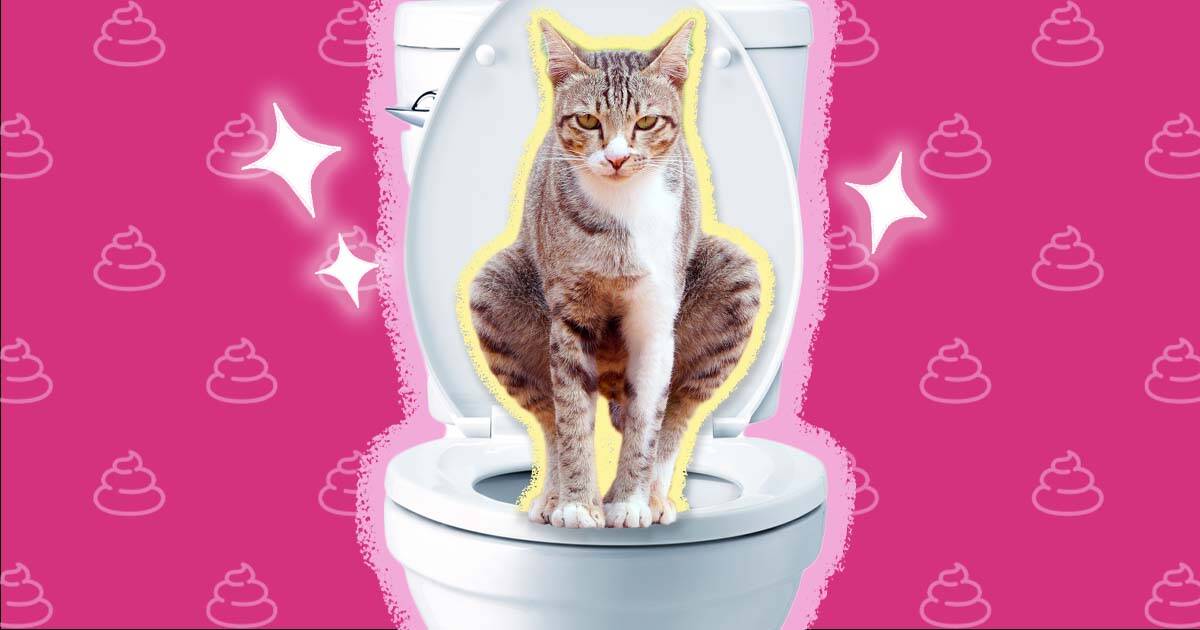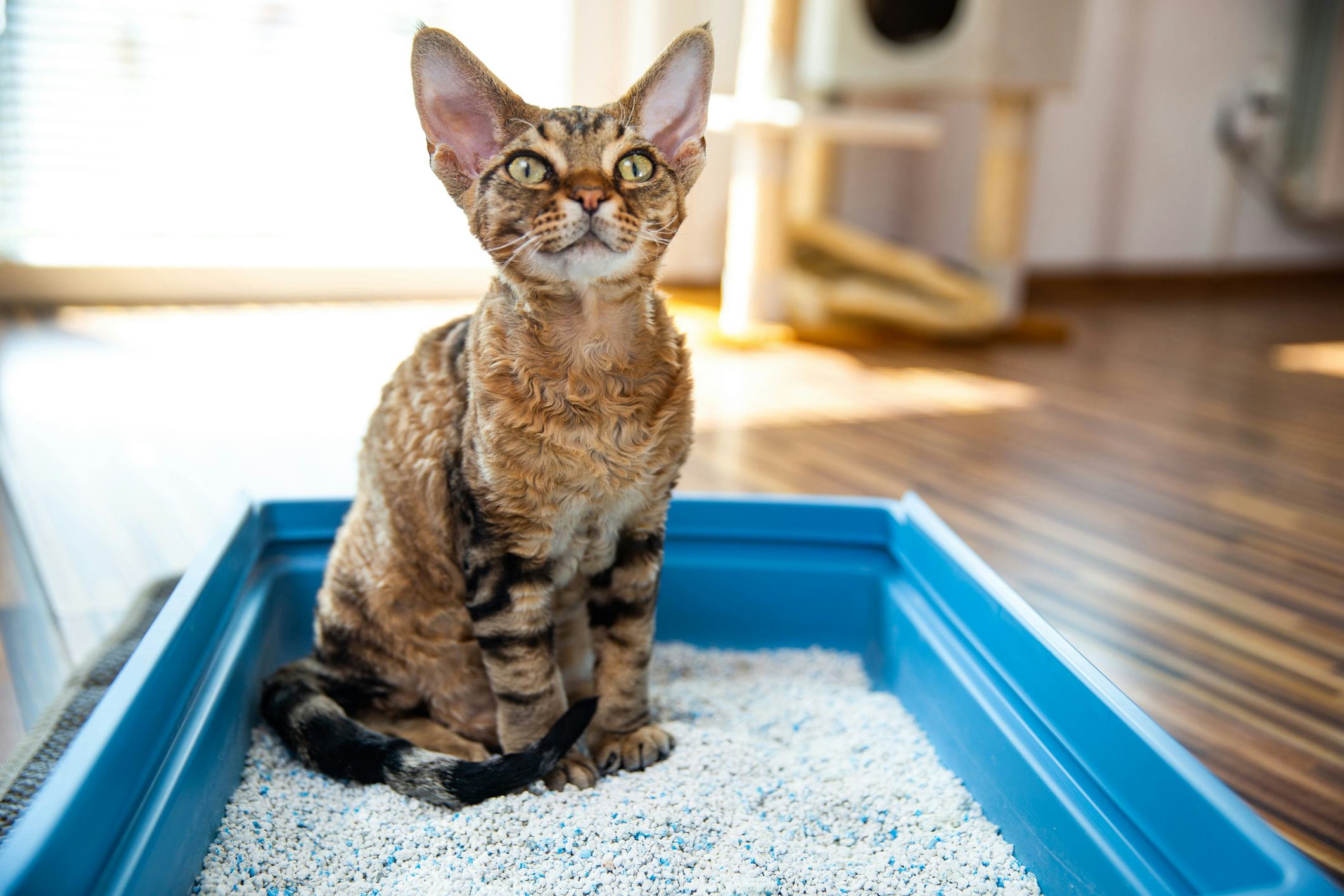This post directly below about 4 Reasons Why Dog Poop Cleanup is Important is absolutely interesting. Have a go and make your own ideas.

When it concerns getting rid of waste, especially animal waste, many individuals commonly resort to the convenient option of flushing it down the bathroom. Nonetheless, this apparently very easy service can have severe repercussions for the atmosphere and public health. In this article, we'll discover why flushing animal waste down the toilet is a bad idea and provide alternative approaches for correct disposal.
Introduction
Proper waste disposal is essential for maintaining ecological sustainability and public health. While it may appear harmless to flush animal waste down the bathroom, it can result in numerous problems, both for the setting and human wellness.
Threats of flushing pet waste
Environmental influence
Flushing pet waste introduces dangerous bacteria and microorganisms right into waterways, which can adversely impact water communities. These microorganisms can pollute water sources and injury marine life, disrupting fragile communities.
Public health problems
Animal waste consists of hazardous germs such as E. coli and Salmonella, which can pose severe wellness risks to humans. Flushing pet waste down the commode can infect water supplies, resulting in the spread of illness and infections.
Alternatives to flushing
Rather than purging pet waste down the toilet, there are several alternative disposal methods that are more environmentally friendly and sanitary.
Composting
Composting pet waste is an eco-friendly means to dispose of it. By composting, raw material is broken down into nutrient-rich dirt, which can be utilized to feed gardens and plants.
Landfill disposal
Disposing of pet waste in a landfill is one more alternative. While not as environmentally friendly as composting, it is a much safer alternative to flushing, as it protects against the contamination of water sources.
Pet dog waste disposal systems
There are customized animal garbage disposal systems available that safely and hygienically dispose of animal waste. These systems commonly utilize get more info enzymes to break down waste and remove smells.
Steps to proper animal waste disposal
To guarantee appropriate disposal of pet waste, adhere to these actions:
Scooping and getting waste
Regularly scoop and bag animal waste utilizing naturally degradable bags. This stops waste from infecting the setting.
Utilizing designated waste bins
Dispose of bagged pet waste in marked waste containers, such as compost containers or land fill containers. Prevent flushing it down the bathroom at all prices.
Cleansing can and pet dog areas routinely
Routinely tidy litter boxes and pet areas to prevent the build-up of waste and germs. Use pet-safe cleansing products to keep hygiene.
Advantages of appropriate disposal methods
Embracing correct disposal methods for pet waste provides numerous benefits:
Minimized environmental pollution
Proper disposal techniques lower the danger of environmental pollution, shielding waterways and environments from contamination
Minimized threat of water contamination.
By avoiding flushing animal waste down the bathroom, the threat of water contamination is considerably minimized, guarding public health.
Boosted sanitation and hygiene
Proper disposal methods promote much better cleanliness and health, developing a safer environment for both humans and pets.
Conclusion
Finally, flushing animal waste down the commode is hazardous to the atmosphere and public health. By taking on alternative disposal methods and adhering to appropriate waste administration practices, we can reduce the negative impact of pet waste and contribute to a cleaner, healthier earth.
Why You Should Never Flush Cat Poop Down the Toilet
A rose by any other name might smell as sweet, but not all poop is created equal. Toilets, and our sewage systems, are designed for human excrement, not animal waste. It might seem like it couldn’t hurt to toss cat feces into the loo, but it’s not a good idea to flush cat poop in the toilet.
First and foremost, assuming your cat uses a litter box, any waste is going to have litter on it. And even the smallest amount of litter can wreak havoc on plumbing.
Over time, small amounts build up, filling up your septic system. Most litter sold today is clumping; it is made from a type of clay that hardens when it gets wet. Ever tried to scrape old clumps from the bottom of a litter box? You know just how cement-hard it can get!
Now imagine just a small clump of that stuck in your pipes. A simple de-clogger like Drano isn’t going to cut it. And that means it’s going to cost you big time to fix it.
For an amusing, graphic tale of what happens when you flush too much litter down the toilet all at once, take a few minutes to read Gene Weingarten’s 2017 Washington Post column “So that’s what happens when you flush cat litter down the toilet.”
Parasitic Contamination
Believe it or not, your healthy kitty may be harboring a nasty parasite. Only cats excrete Toxoplasma in their feces. Yet it rarely causes serious health issues in the cats that are infected. Most people will be fine too if infected. Only pregnant women and people with compromised immune systems are at risk. (If you’ve ever heard how women who are expecting are excused from litter cleaning duty, Toxoplasma is why.)
But other animals may have a problem if infected with the parasite. And human water treatment systems aren’t designed to handle it. As a result, the systems don’t remove the parasite before discharging wastewater into local waterways. Fish, shellfish, and other marine life — otters in particular — are susceptible to toxoplasma. If exposed, most will end up with brain damage and many will die.
Depending on the species of fish, they may end up on someone’s fish hook and, ultimately on someone’s dinner plate. If that someone has a chronic illness, they’re at risk.
Skip the Toilet Training
We know there are folks out there who like to toilet train their cats. And we give them props, it takes a lot of work. But thanks to the toxoplasma, it’s not a good idea.
Leave the toilet to the humans, and accept your future litter cleaning duty.

Routinely tidy litter boxes and pet areas to prevent the build-up of waste and germs. Use pet-safe cleansing products to keep hygiene.
Advantages of appropriate disposal methods
Embracing correct disposal methods for pet waste provides numerous benefits:
Minimized environmental pollution
Proper disposal techniques lower the danger of environmental pollution, shielding waterways and environments from contamination
Minimized threat of water contamination.
By avoiding flushing animal waste down the bathroom, the threat of water contamination is considerably minimized, guarding public health.
Boosted sanitation and hygiene
Proper disposal methods promote much better cleanliness and health, developing a safer environment for both humans and pets.
Conclusion
Finally, flushing animal waste down the commode is hazardous to the atmosphere and public health. By taking on alternative disposal methods and adhering to appropriate waste administration practices, we can reduce the negative impact of pet waste and contribute to a cleaner, healthier earth.
Why You Should Never Flush Cat Poop Down the Toilet
A rose by any other name might smell as sweet, but not all poop is created equal. Toilets, and our sewage systems, are designed for human excrement, not animal waste. It might seem like it couldn’t hurt to toss cat feces into the loo, but it’s not a good idea to flush cat poop in the toilet.
First and foremost, assuming your cat uses a litter box, any waste is going to have litter on it. And even the smallest amount of litter can wreak havoc on plumbing.
Over time, small amounts build up, filling up your septic system. Most litter sold today is clumping; it is made from a type of clay that hardens when it gets wet. Ever tried to scrape old clumps from the bottom of a litter box? You know just how cement-hard it can get!
Now imagine just a small clump of that stuck in your pipes. A simple de-clogger like Drano isn’t going to cut it. And that means it’s going to cost you big time to fix it.
For an amusing, graphic tale of what happens when you flush too much litter down the toilet all at once, take a few minutes to read Gene Weingarten’s 2017 Washington Post column “So that’s what happens when you flush cat litter down the toilet.”
Parasitic Contamination
Believe it or not, your healthy kitty may be harboring a nasty parasite. Only cats excrete Toxoplasma in their feces. Yet it rarely causes serious health issues in the cats that are infected. Most people will be fine too if infected. Only pregnant women and people with compromised immune systems are at risk. (If you’ve ever heard how women who are expecting are excused from litter cleaning duty, Toxoplasma is why.)
But other animals may have a problem if infected with the parasite. And human water treatment systems aren’t designed to handle it. As a result, the systems don’t remove the parasite before discharging wastewater into local waterways. Fish, shellfish, and other marine life — otters in particular — are susceptible to toxoplasma. If exposed, most will end up with brain damage and many will die.
Depending on the species of fish, they may end up on someone’s fish hook and, ultimately on someone’s dinner plate. If that someone has a chronic illness, they’re at risk.
Skip the Toilet Training
We know there are folks out there who like to toilet train their cats. And we give them props, it takes a lot of work. But thanks to the toxoplasma, it’s not a good idea.
Leave the toilet to the humans, and accept your future litter cleaning duty.

I have been very eager about 4 Reasons Why Dog Poop Cleanup is Important and I really hope you appreciated the new blog post. Appreciated our piece of writing? Please share it. Help somebody else discover it. Thank you so much for going through it.
Call Today